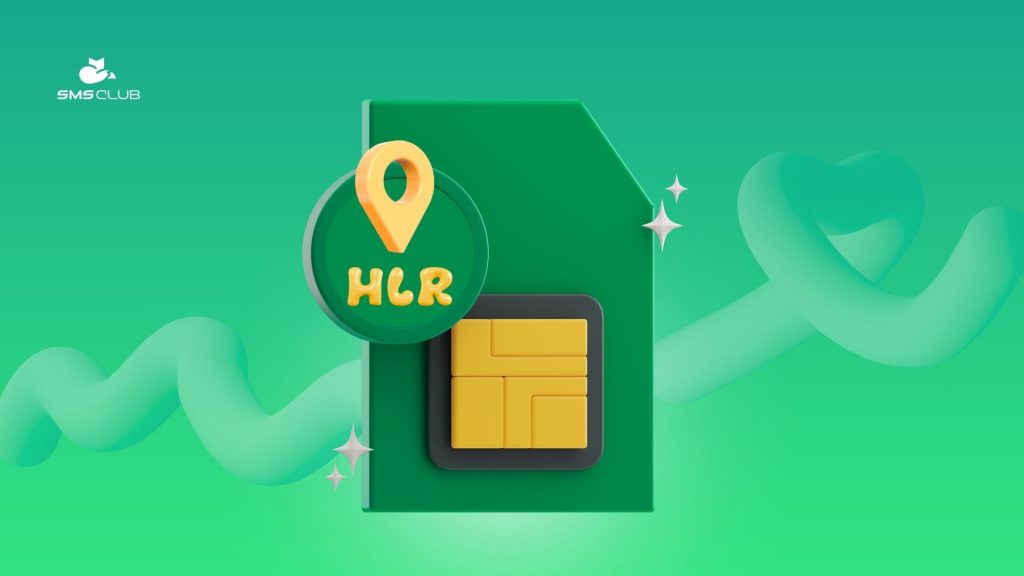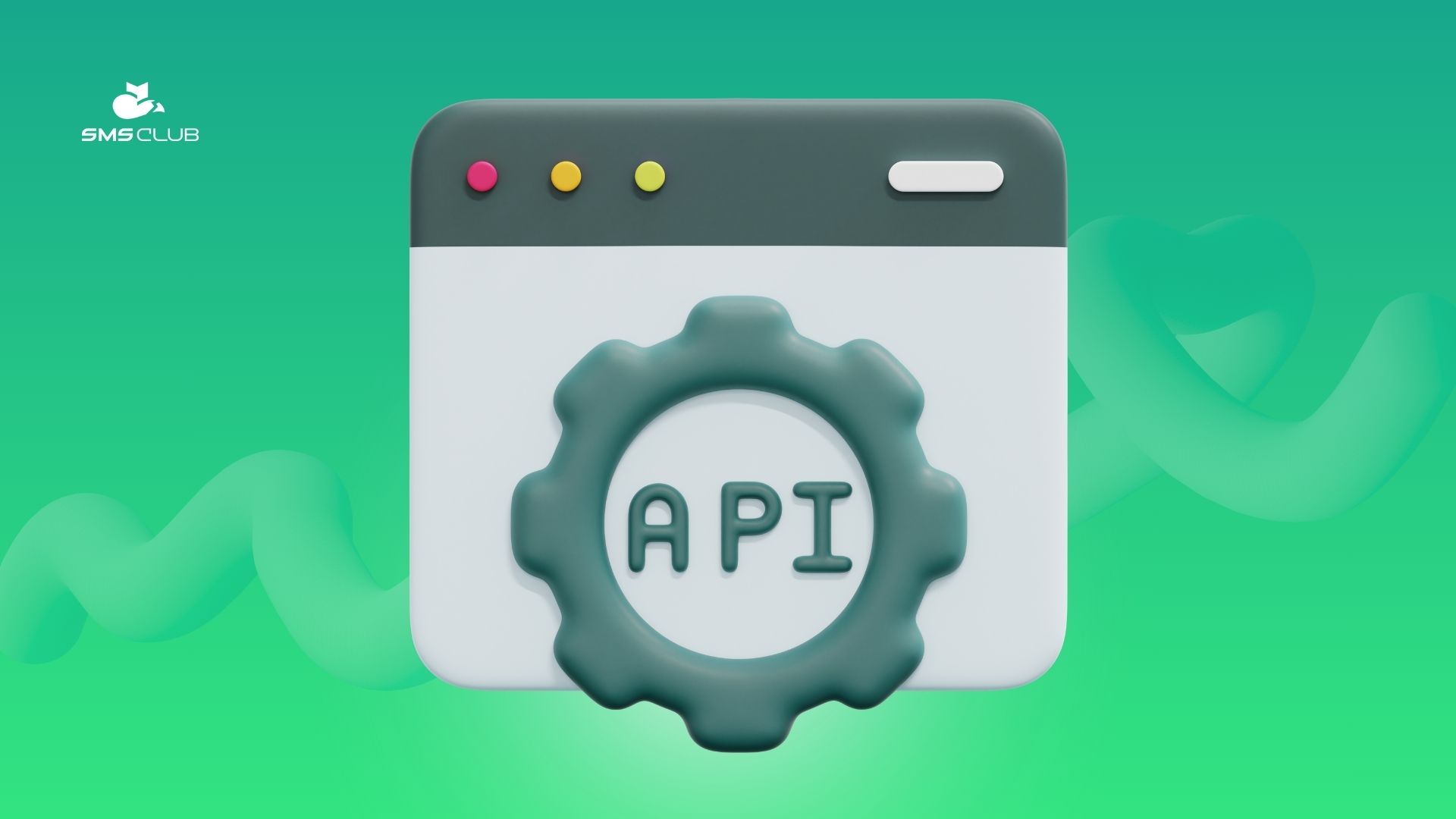What is an HLR request?

Contents:
Contents:
Many messages are sent to invalid or inactive numbers. Checking your mailing list to identify and remove deactivated numbers is called an HLR request. This process improves the effectiveness of marketing campaigns by ensuring that SMS messages are delivered to recipients. Timely updating of the database through such a request can save up to 20% of the cost of a promotional campaign.
How does it all work, what do mobile operators know about their subscribers, and how can you use this information to benefit your business?
Home Location Register and Its Purpose
HLR — Home Location Register — is a database of mobile network subscribers. Each operator maintains and stores this database, and access to it is shared, meaning it is available to every operator.
The database typically contains information about SIM cards issued worldwide, their locations, and the services available for these cards.
Mobile providers primarily use this register to:
- Store information about each subscriber’s SIM card and its history. HLR allows checking phone numbers, their tariff plans, technical issues with the connection, and more.
- Authenticate mobile network users. Every time you call your grandmother, the network automatically checks the HLR to ensure you have the right to make that call. The same happens when your grandmother calls you.
- Handle call forwarding and other important settings, such as missed call notifications if you were out of range.
These data are stored in the IMSI, a unique international identifier for each mobile service user. The information remains in the database until the contract expires (or is terminated).
Additionally, through the HLR, mobile operators know:
- In which Mobile Switching Center (MSC) the phone was last registered;
- The status of the subscriber — whether they are active, inactive, or available to receive SMS;
- Error codes that prevent connection with another subscriber or SMS delivery;
- Services the phone has searched for or accessed over a certain period;
- Cases when a number is transferred from one mobile network to another.
Four Reasons to Use This Technology
An HLR request, also known as HLR Lookup, is a search through the Home Location Register. By conducting it, you can ensure that the messages you send reach the intended recipients. This means that the phone numbers you send SMS to are “live”, even if the subscriber has moved to another country or switched to a different SIM card.
This information helps to:
- Improve the reliability of the client base. It’s one thing if only 10 out of 10,000 numbers in your mailing list are inactive. But in practice, this is rare. On average, the number of phone numbers that, for various reasons, do not receive your messages reaches 20-30%.
- Segment your mass sendings. There are many marketing situations where it is important not only to verify the activity of a phone number but also to send messages to subscribers of a specific mobile provider or within a specific region. Information about the operator and location of the number increases the effectiveness of SMS campaigns.
- Optimize your budget. How cost-effective is it to send SMS “into the void”? Or conversely, to overpay if many clients are roaming? The cost of an HLR check is from 0.1 UAH per number. Based on the experience of companies that have used this service, timely monitoring of the contact base can save up to 20% of the SMS campaign budget.

- Automate contact filtering and improve the effectiveness of marketing campaigns.
How often should the database be checked?
For a while, it was believed that an HLR request should be performed before each mailing. In reality, it depends on the nature of the business and its niche.
If you’ve been in the market for a long time and are confident that you know all your clients almost personally, updating the database once or twice a year is sufficient.
However, if your database is regularly updated with new contacts, it should be done more frequently. This becomes especially relevant during times of inflation when many people purchase promotional phone numbers and stop using them once the promotion ends.
HLR and Confidentiality
It is important to emphasize that an HLR check provides information exclusively about the phone number, not the phone user. It is impossible to identify a person, find out their age, gender, name, etc., through such a check.
The results of HLR requests are not classified information. Operators do not hide it, but most mobile users have no need or interest in it.
Subscribers, in turn, do not receive any notifications about such checks, as the request is made through the mobile operator’s equipment.
Technically, an HLR looks like a special SMS message. Since it is a service message, phones do not display it.
How to know if a phone number is active:
- Choose a reliable service, that has been providing this service for a long time.
- Upload the database of numbers that need to be checked.
- Start the HLR request process through the service interface.
- Receive a report on the status of each number.
- Update your database. Invalid numbers can be safely excluded, and those in roaming can be separated into another table: your business can potentially expand to other countries.
Conclusion
With HLR Lookup from Sms club, businesses can gather data on every phone number anywhere in the world.
The obtained information should be considered when forming marketing mass texting — both in advertising campaigns and for sending various notifications.
This prevents messages from being sent to invalid numbers, saves the marketing budget, and guarantees that messages are delivered to their intended recipients.




